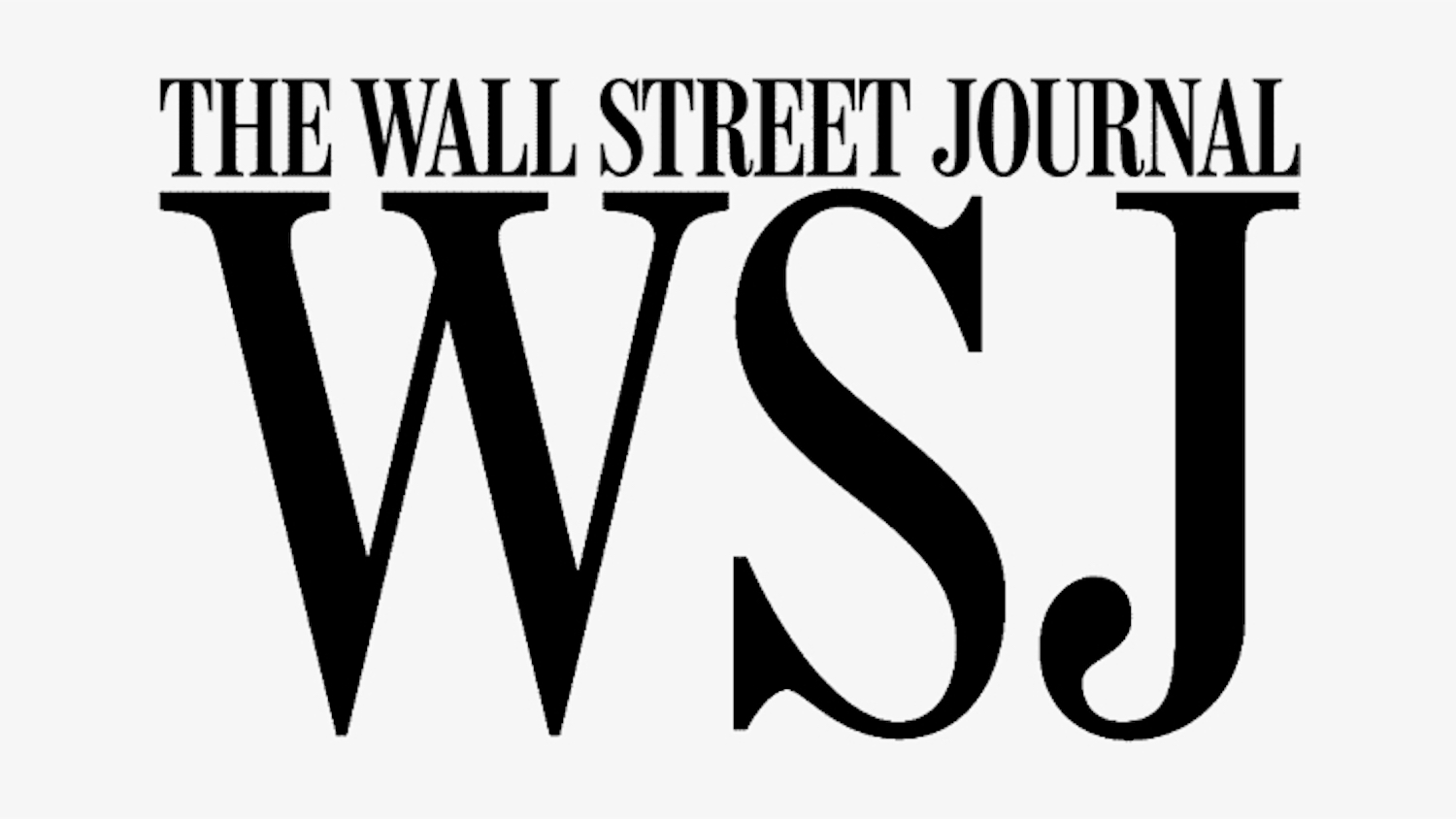The China Tariffs: Complex Consequences for U.S. Firms
For American firms, the Section 301 tariffs on Chinese imports had profound impacts. Poole College scholar Carly Burd analyzes them in an award-winning dissertation.

In 2018 and 2019, then-President Donald Trump levied tariffs on $380 billion worth of goods imported from China. Ever since, Trump and opponents—including Vice President Kamala Harris—have sparred over who bears the cost of those tariffs. Trump maintains that China pays for them; Harris has characterized them as a sales tax paid by American consumers.
That binary leaves out the entities that technically make the tariff payments: American firms that buy from China. And whether they pass the cost on to their customers is just one consequence of the tariffs.
“It doesn’t just impact consumer prices,” said Carly Burd, assistant professor of accounting. “It can impact firm profits, investment decisions, employment, and other things that also trickle down to the economy.
In her dissertation, “Protectionist Trade Policy, Firm Performance, and Taxes,” Burd analyzes thousands of pages of corporate financial disclosure reports to determine how the tariffs affect 763 publicly traded companies based in the United States. She found that the tariffs negatively affected firm performance and reduced spending on capital needs and acquisitions. Those effects were especially pronounced for domestic firms and those doing business in highly competitive markets.

Burd’s paper won the 2024 American Taxation Association/PwC Outstanding Dissertation Award. She recently discussed her findings and the effectiveness of the tariffs.
What made this topic interesting to you?
There’s been a lot of research that looks at the China tariffs and their impacts on welfare, consumer prices, and other economic outcomes. And there is a trickle-down cost to consumers of the tariffs. But who’s actually paying the tariffs? It’s usually companies that purchase products from China. As individual consumers, we’re typically not ordering products directly from a Chinese wholesale supplier, remitting a tariff at the customs border, and then getting it shipped to our house—we typically purchase through a company.
If a given company’s costs increase by 25% as a result of a Section 301 tariff, that’s a huge risk and they should be discussing it in their public financial statements. I began digging into public financial statements in 2018, 2019, and 2020, when companies were discussing a lot about these tariffs, down to details regarding how they plan to mitigate them and whether they were planning on passing off the cost to customers. Sometimes, they actually disclose the costs of the tariffs and the impact these were having on their gross margins.
The whole conversation around them is so unique. I think some firms initially didn’t make plans to mitigate the tariffs because they thought that the Biden Administration would get rid of them. You can see that in the disclosures. However, not only did the Biden administration not get rid of the tariffs, but in May of 2024 they increased them anywhere from 25 to 100 percent on certain product categories. For example, Section 301 tariffs on electric vehicles increased from 25 percent to 100 percent.
Did the tariffs do what they were intended to do?
The Section 301 tariffs on Chinese products were put into place to counter China’s unfair trade practices related to intellectual property, transfer pricing, licensing practices, and state-funded acquisition of US assets. The idea was that these tariffs would drive down China’s pre-tariff product prices, drive purchasing away from China, and move manufacturing back to the United States.
It’s very clear that the tariffs have not actually achieved their intended purpose.
Published economic studies have found that the tariffs are not driving down China’s prices as intended. Rather, U.S. firms are paying the same prices that they were before, plus 10, 25 or 50 percent, depending on the tariff rate. It probably is driving down some of the purchasing from China. The disclosures I hand-collected include examples of firms discussing moving their manufacturing from China to Malaysia or Vietnam, which results in paying a much lower tariff or not paying one at all. But it does not help move production back to the US as intended.
Are you working on any other tariff-related research?
I have a fun, interesting paper that uses retail scanner data on whiskey prices. It’s currently in the authorization process to get submitted to a journal.
As part of this trade war, Canada, Mexico, the European Union and China levied high tariffs on U.S. whiskey. Those were not put into place to protect burgeoning whiskey industries from foreign import penetration. This was a political move to impact American bourbon and whiskey, which are formally recognized as distinct products of the U.S. Some observers say these were put into place to harm Kentucky, which produces 95 percent of the world’s bourbon and is the home state of (U.S. Sen.) Mitch McConnell, who was the Senate majority leader when the trade war was happening.
We find that when there are really high tariffs on U.S. whiskey, producers likely aren’t sending as much whiskey to foreign countries anymore. French consumers don’t want to pay $125 a bottle when they were paying $100. That results in price decreases in the U.S. That’s good for us consumers, I guess, but not for the whiskey producers.
- Categories:


